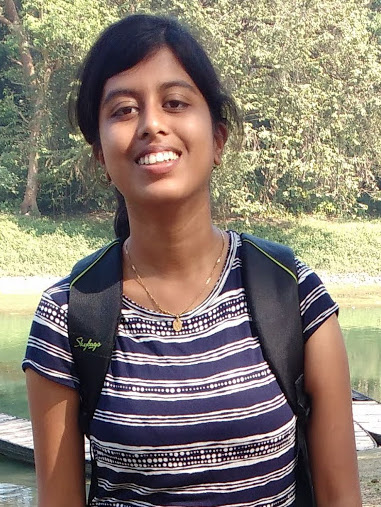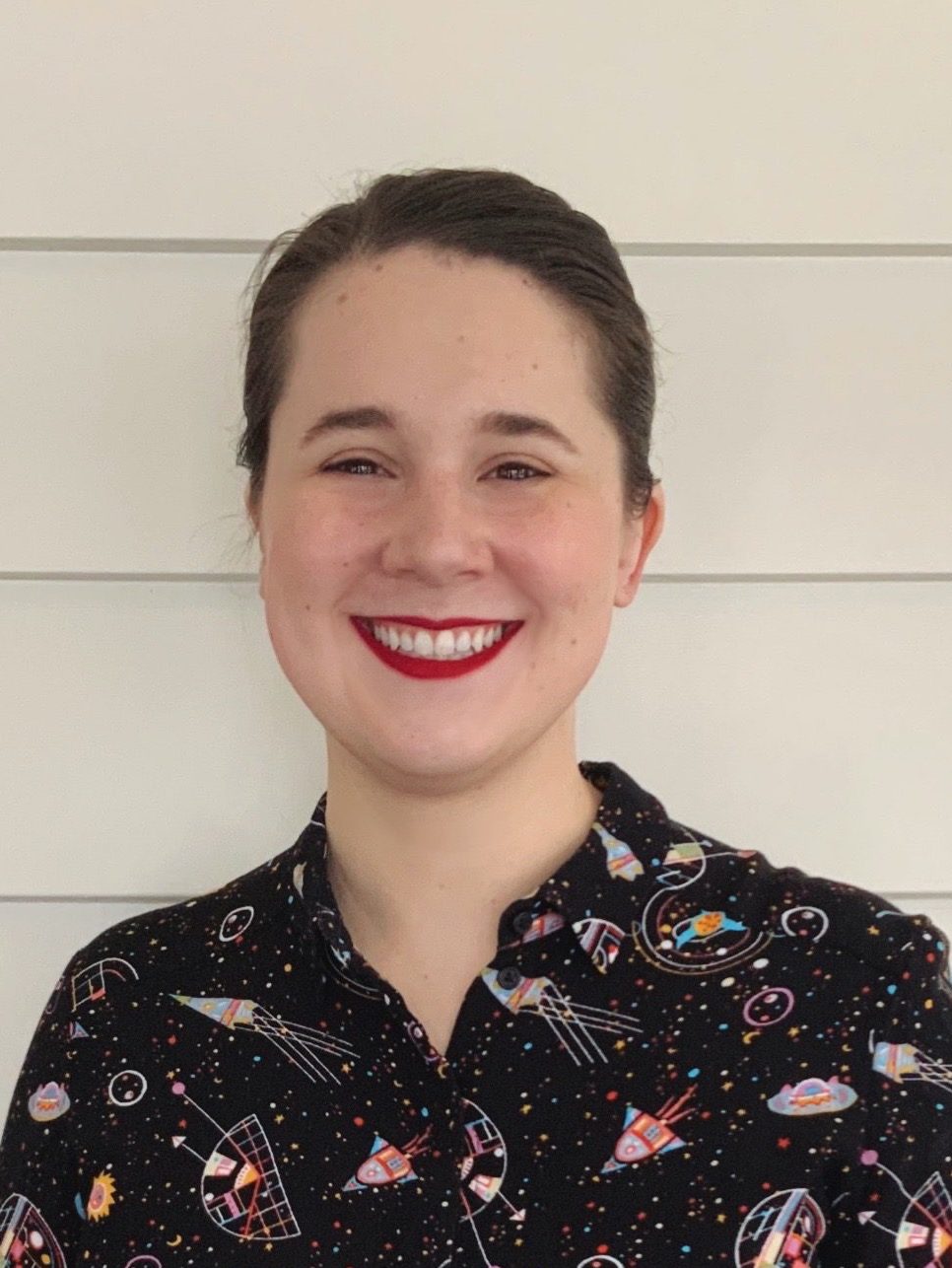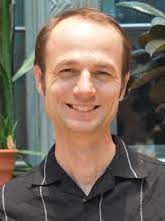HMXBs represent an advanced stage in the tumultuous history of massive binaries.
The multiple detections of mergers between compact objects since 2015, including
between two neutron stars in 2017, have revived the interest for this field since HMXBs are
thought to be a formation channel leading to these mergers.
In HMXBs, a compact stellar remnant,
generally a young and highly magnetized NS, orbits a massive blue supergiant and
accretes a fraction of its radiatively-driven stellar wind. As it accretes material,
the neutron star spins up or down, depending on the properties of the accreted plasma
when it couples to the extended NS magnetosphere, a few hundreds Schwarzschild radii away from
the NS surface. Once the accreted material enters the NS magnetosphere,
it is funneled towards the magnetic poles where it produces X-ray bright spots precessing around the NS spin axis,
which manifest as periodic X-ray pulses.
These accretion-powered pulsars have proven to be more challenging than their lower magnetic field siblings.
For decades, the spin periods of NSs in many HMXBs have been monitored. They were found to be slow rotators
and to show episodes of steady spinning up/down, separated by sudden torque reversals whose origin remains unknown. Contrary to predictions, the evolution of the NS spin and of the X-ray luminosity are not correlated. It highlights that we still lack a unified model to understand how the wind couples to the magnetic field, penetrates the magnetosphere and spins up or down the NS.
The motivation behind these workshops is twofold. It is based on new insights brought both by cutting-edge observations of pulsars in HMXBs and by state-of-the-art numerical simulations of mass transfer via wind accretion. At the bottom of the latter lies the wind launching mechanism of hot stars which involves the resonant line-absorption of UV photons by thousands of transition between excitation levels of metal elements (Sander et al. 2017). The derived line-acceleration profiles have been used in simulations of HMXBs where, in spite of the absence of stellar Roche lobe overflow, the captured material was found to circularize into a disk-like structure before reaching the extended magnetosphere of the accreting NS (El Mellah et al. 2019). This encouraging result was later reinforced by subsequent observations which identified hints in favor of a transient wind-captured disk in the archetypal HMXB Vela X-1 (Liao et al. 2020).
On the other hand, recent X-ray timing analysis focused on the evolution of the NS spin over much shorter lapses of time and found important variations over a few hours which had been overlooked until now (Malacaria et al. 2020, Martin-Carrillo, priv. comm.). The behavior of the spin of accretion-powered pulsars is dictated by the torques applied at the outer edge of the magnetosphere by the ionized material supplied by the stellar wind but in spite of the multiple models designed over the past decades in order to describe this coupling, observations are still inconsistent with available interpretations. In order to connect these observations to the properties of the flow upstream, we need to determine how the accreted fraction of the wind couples to the magnetosphere and how angular momentum is transferred.
With this ISSI team, we managed to bring together experts of accreting pulsars, studied either from an observational or a theoretical point of view. We gathered people knowledgeable with pulsar timing techniques and time-resolved X-ray spectroscopy, along with people familiar with magnetic reconnection and magneto-centrifugal processes. We believe these domains of expertise will help us to develop a more comprehensive view on the accretion-induced torques measured in NS-hosting HMXBs. In particular, we intend to address the following goals:
-
Analyzing archival and new data
(i) to derive instantaneous torques over different binned time ranges
(ii) to compare the torques and their statistical properties from a HMXB to another
(iii) to look for correlations between the X-ray flux, the pulse profile and the torques
-
Developing new models for the coupling building up on past ones
(i) to identify the characteristic signatures and the qualitative smokeguns to look for in the data
(ii) to predict accretion-induced torques and their time evolution given variable mass accretion rates
(iii) to characterize possible connections between torques and mass accretion rates
-
Designing neatly tailored numerical setups
(i) to capture the dynamics of the plasma-magnetosphere coupling for representative morphologies
(ii) to study the response of the computed accretion torques to mass accretion rates whose variability is motivated by the results obtained at the orbital scale

















